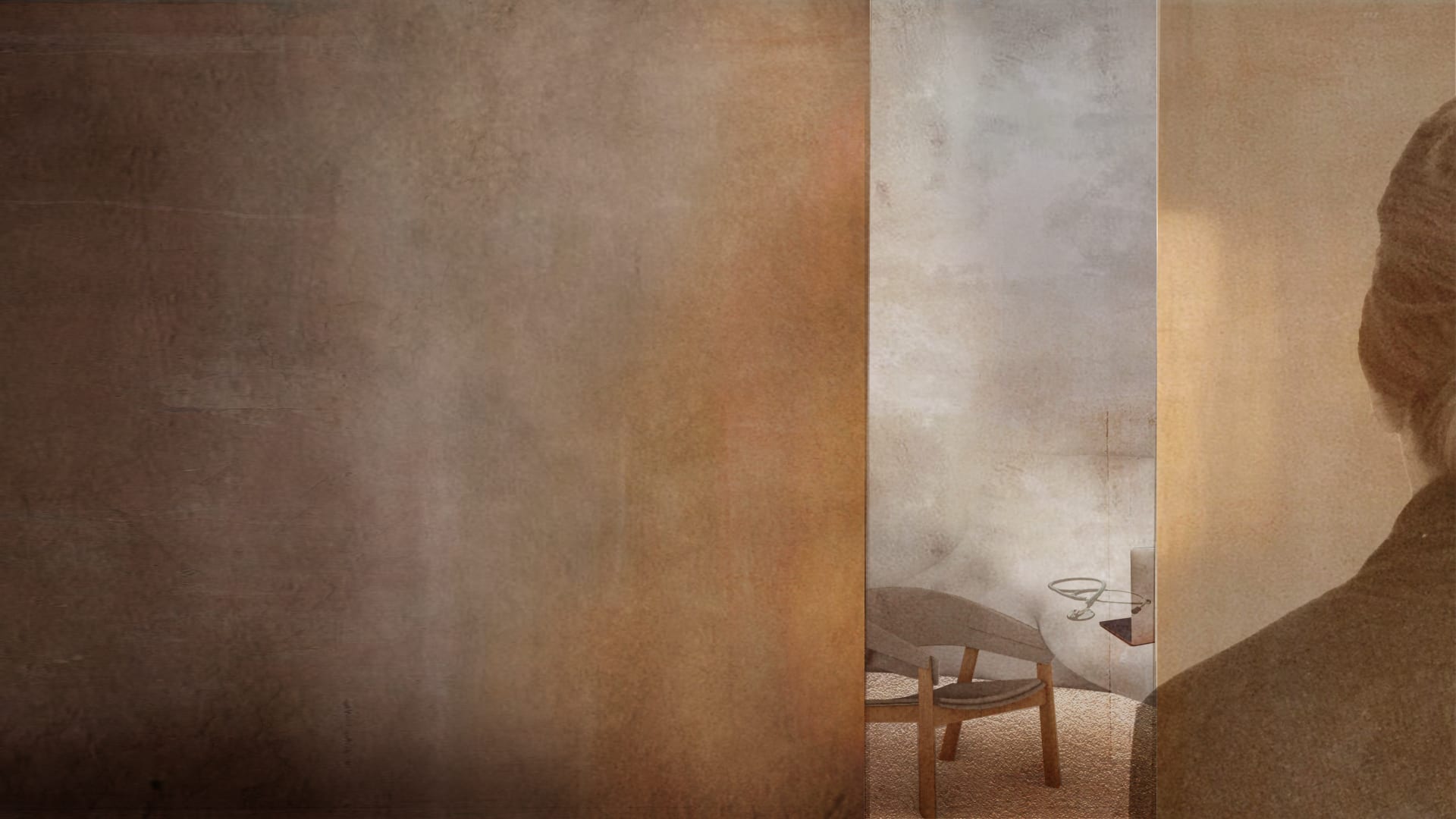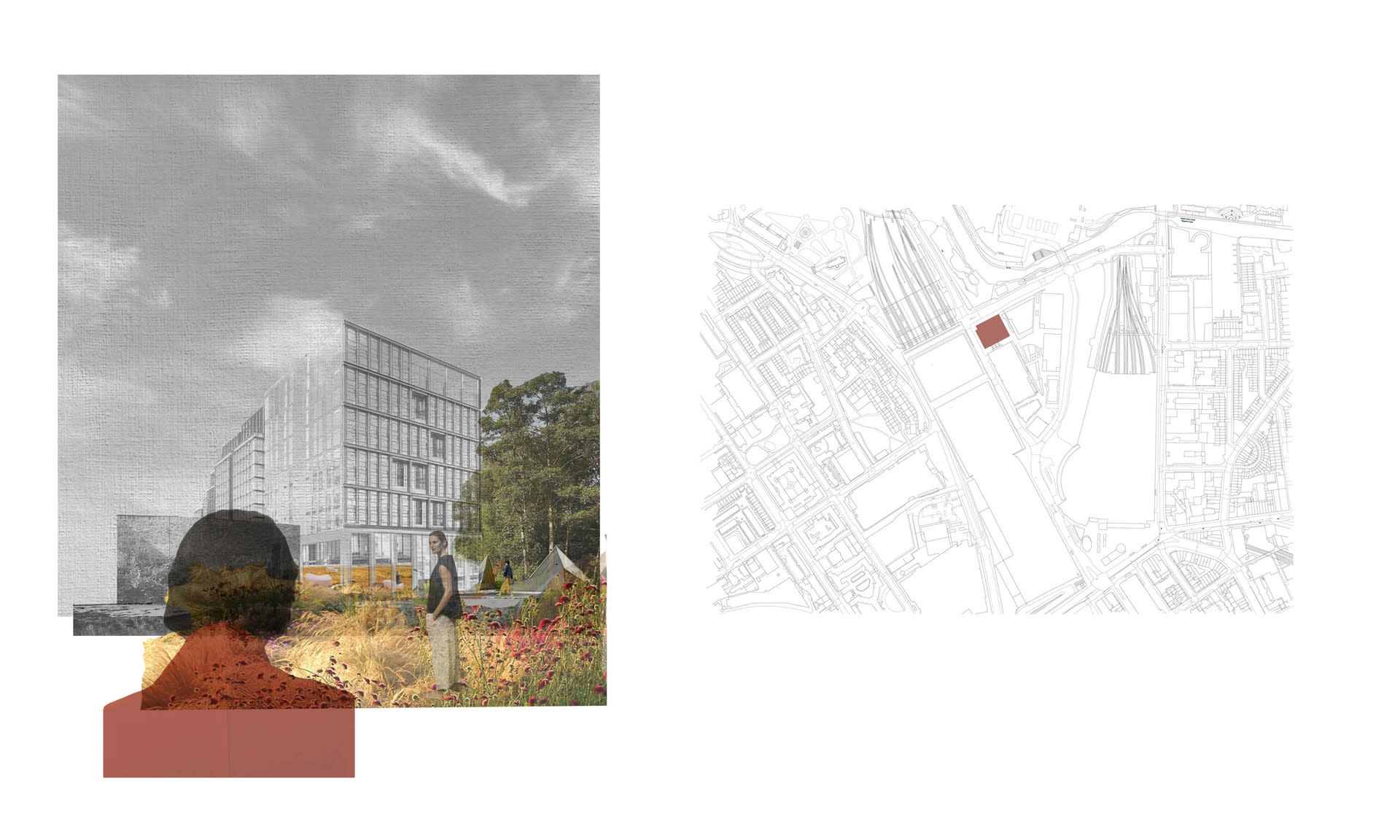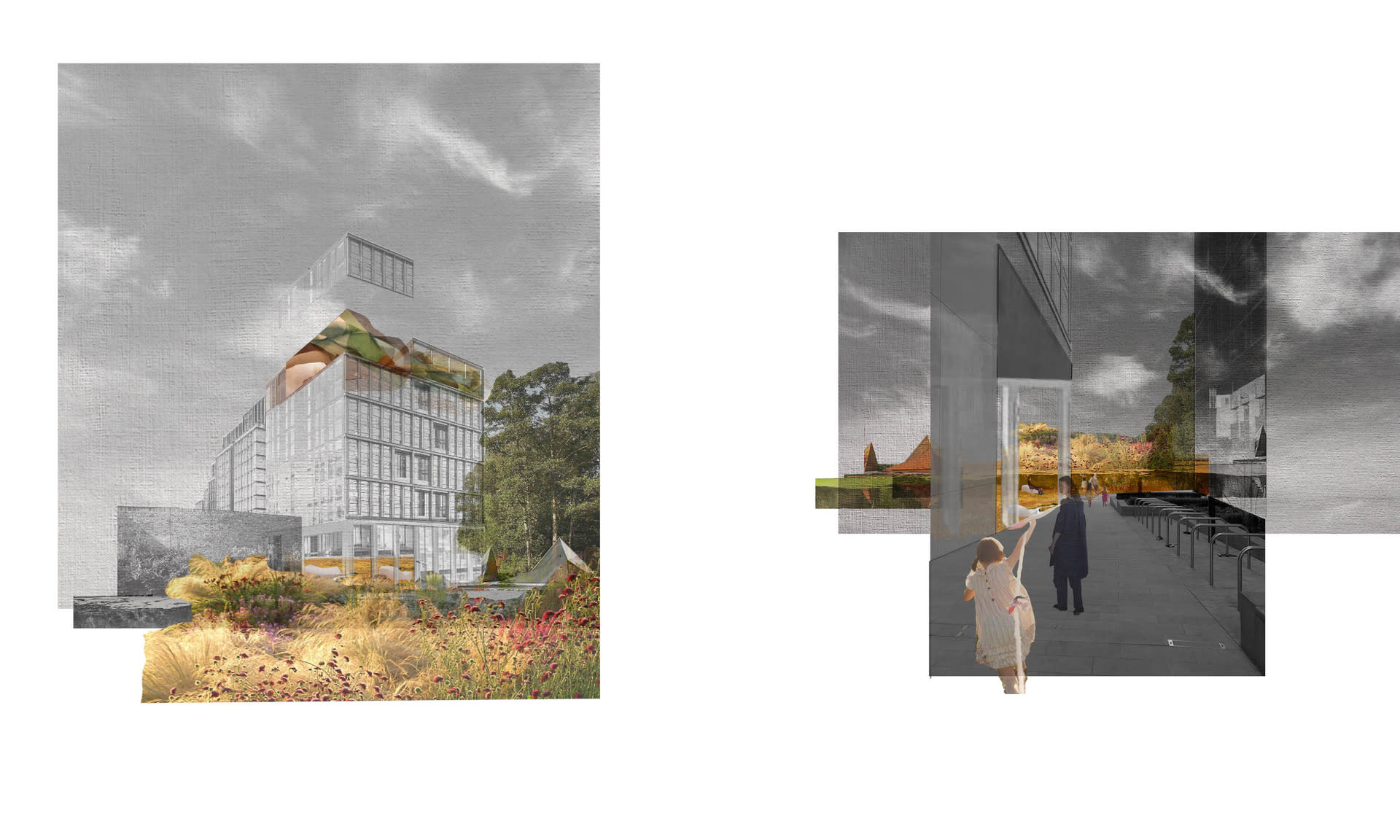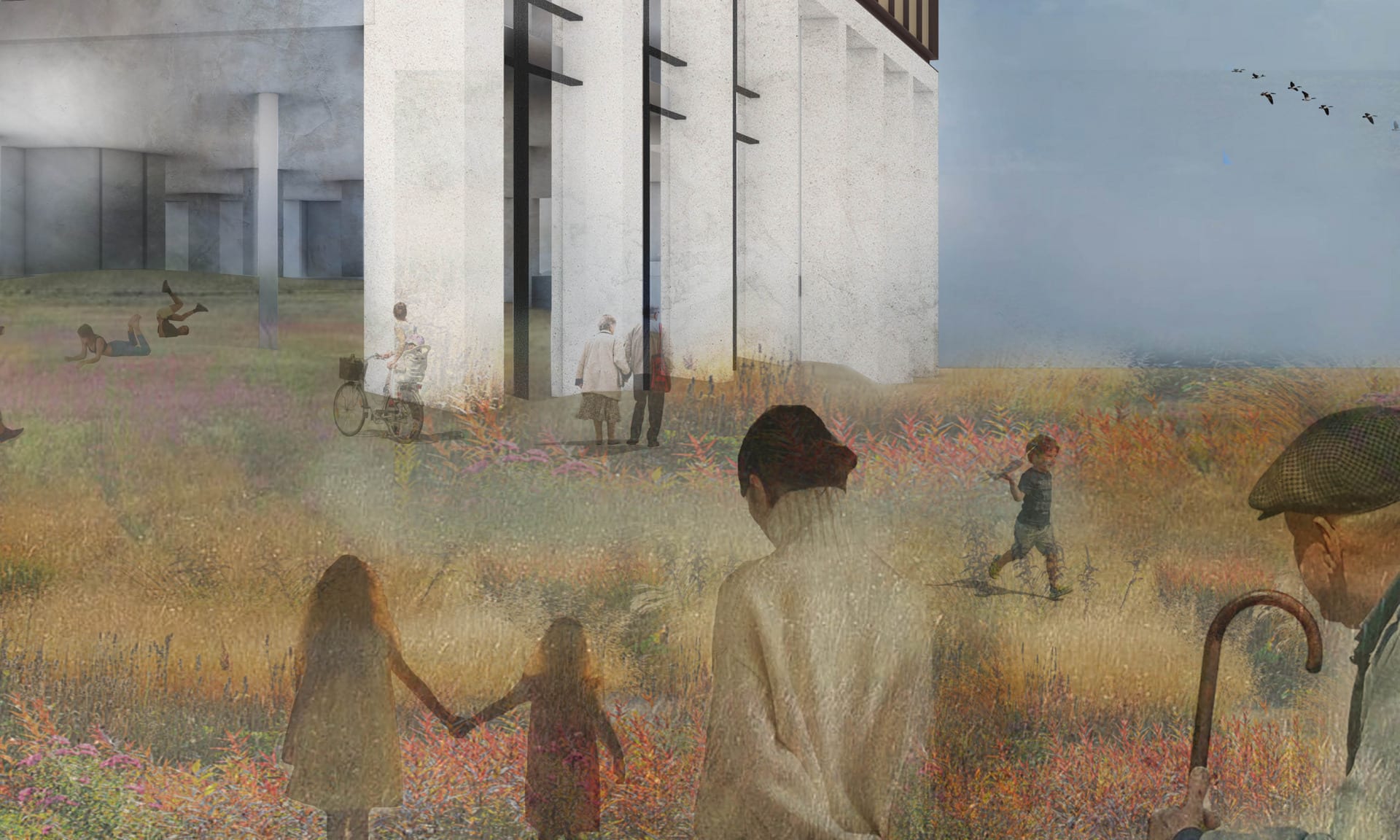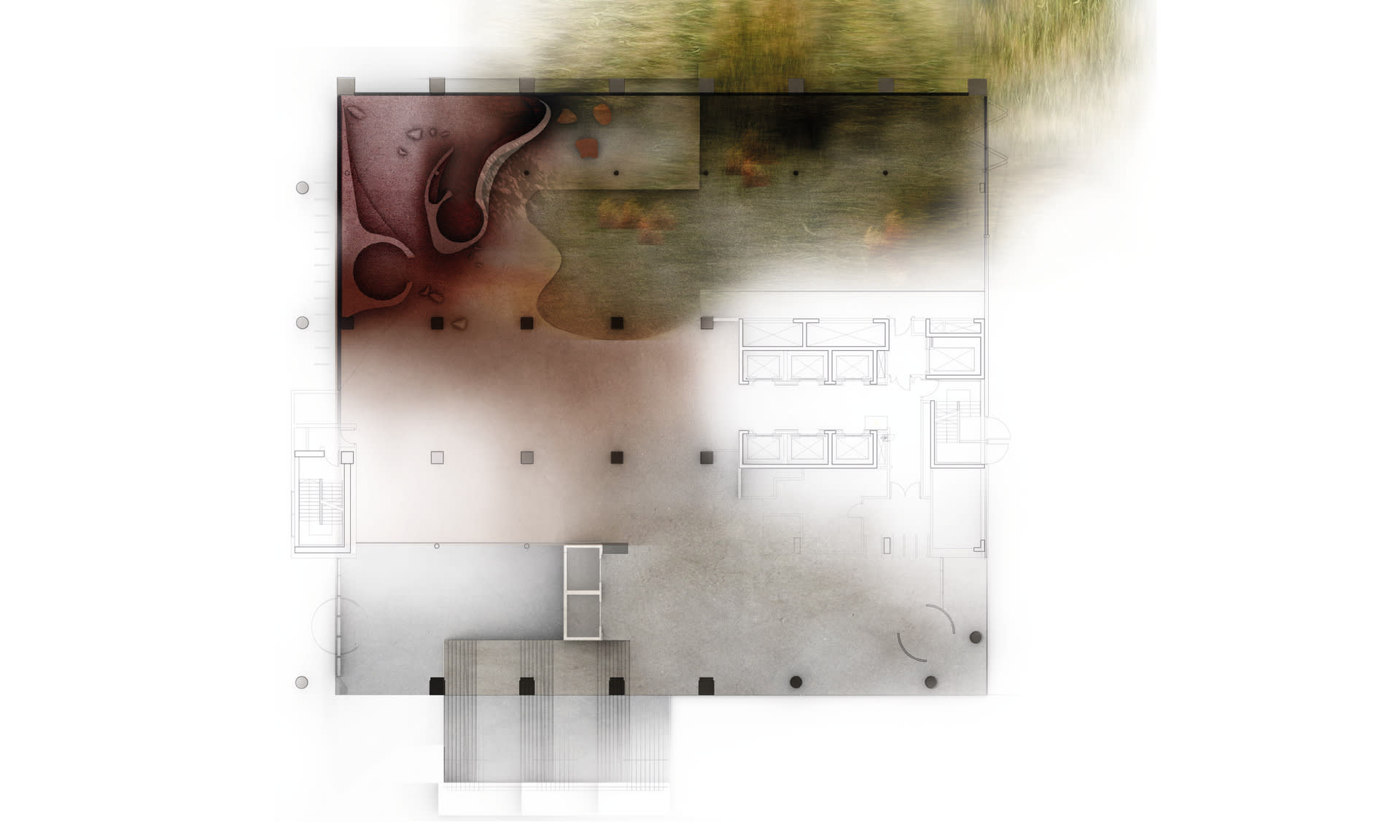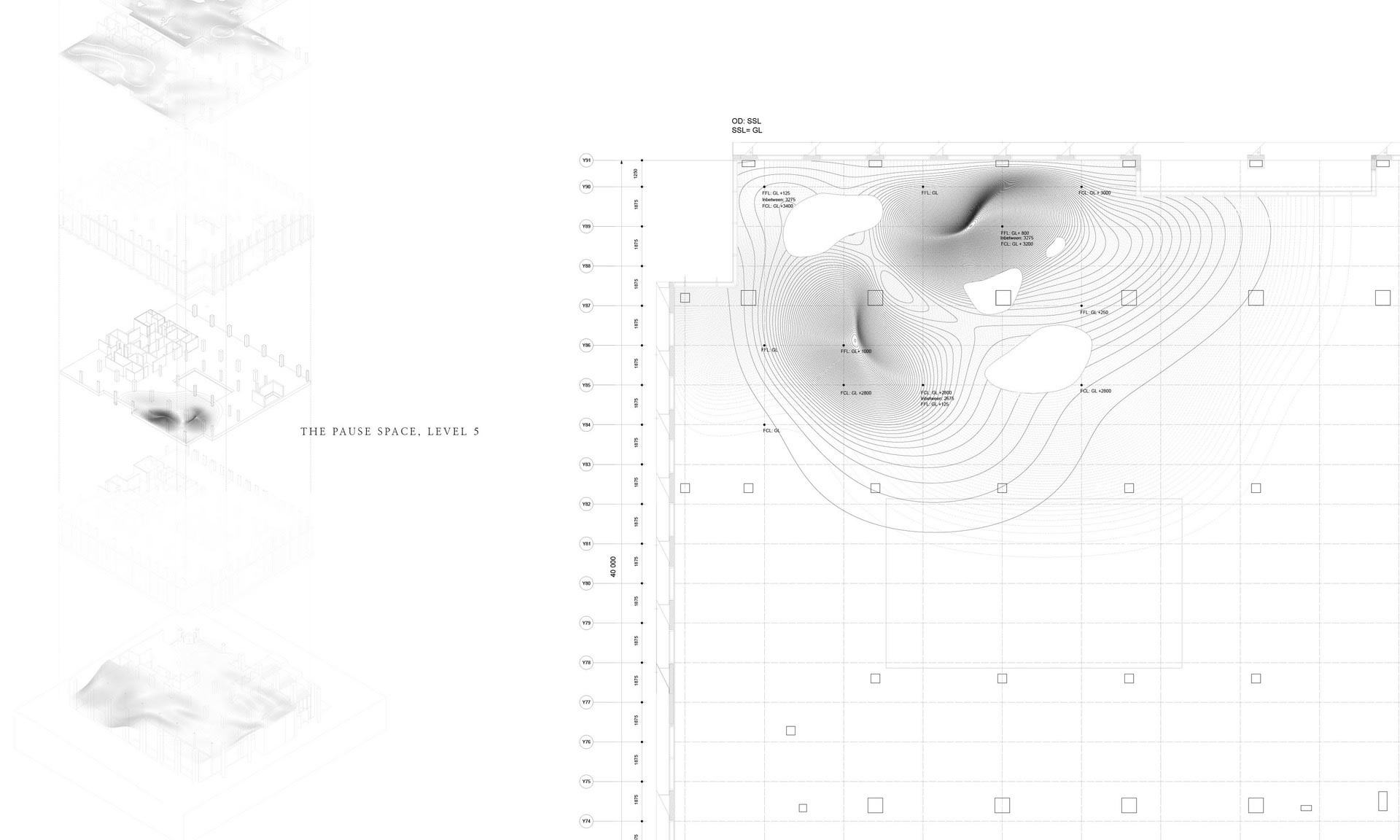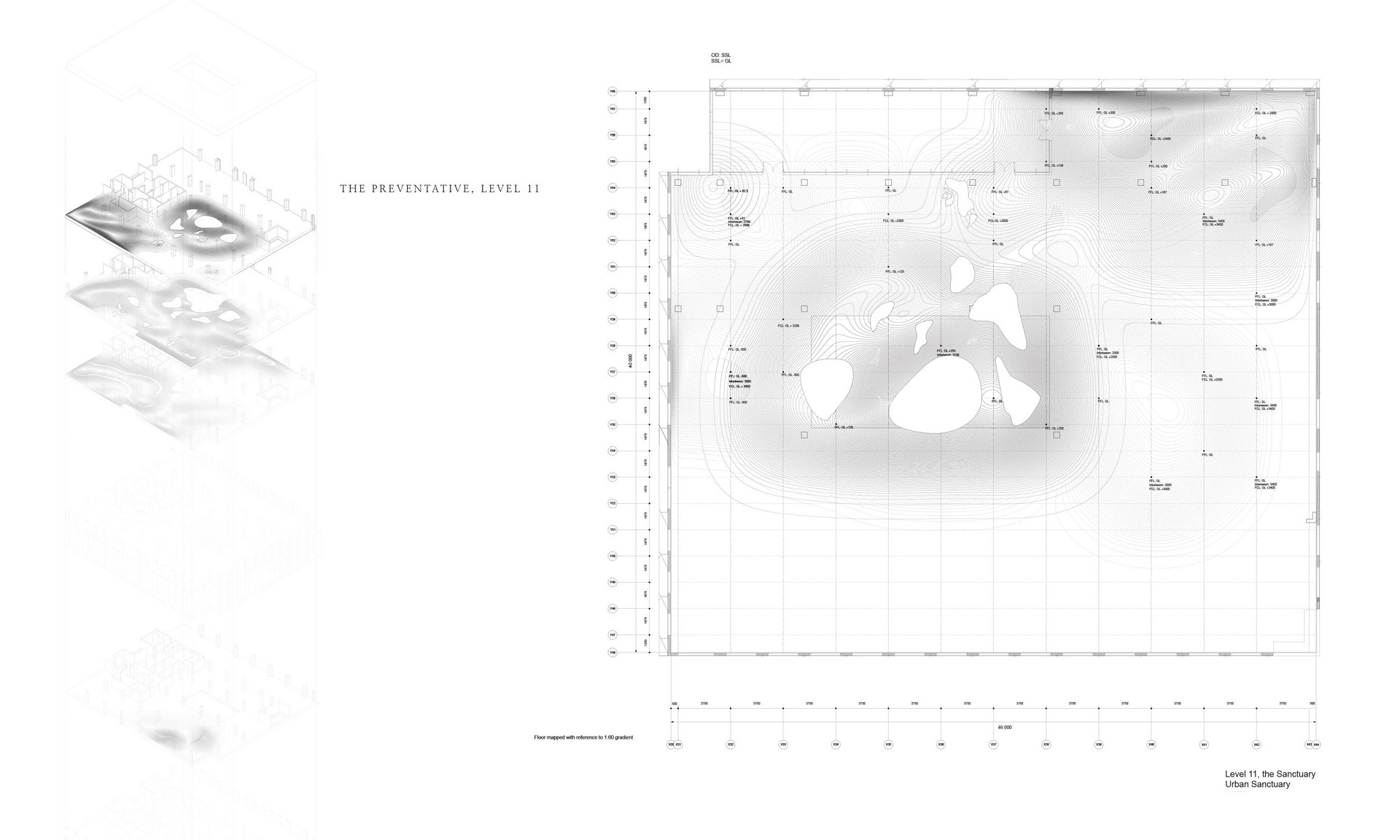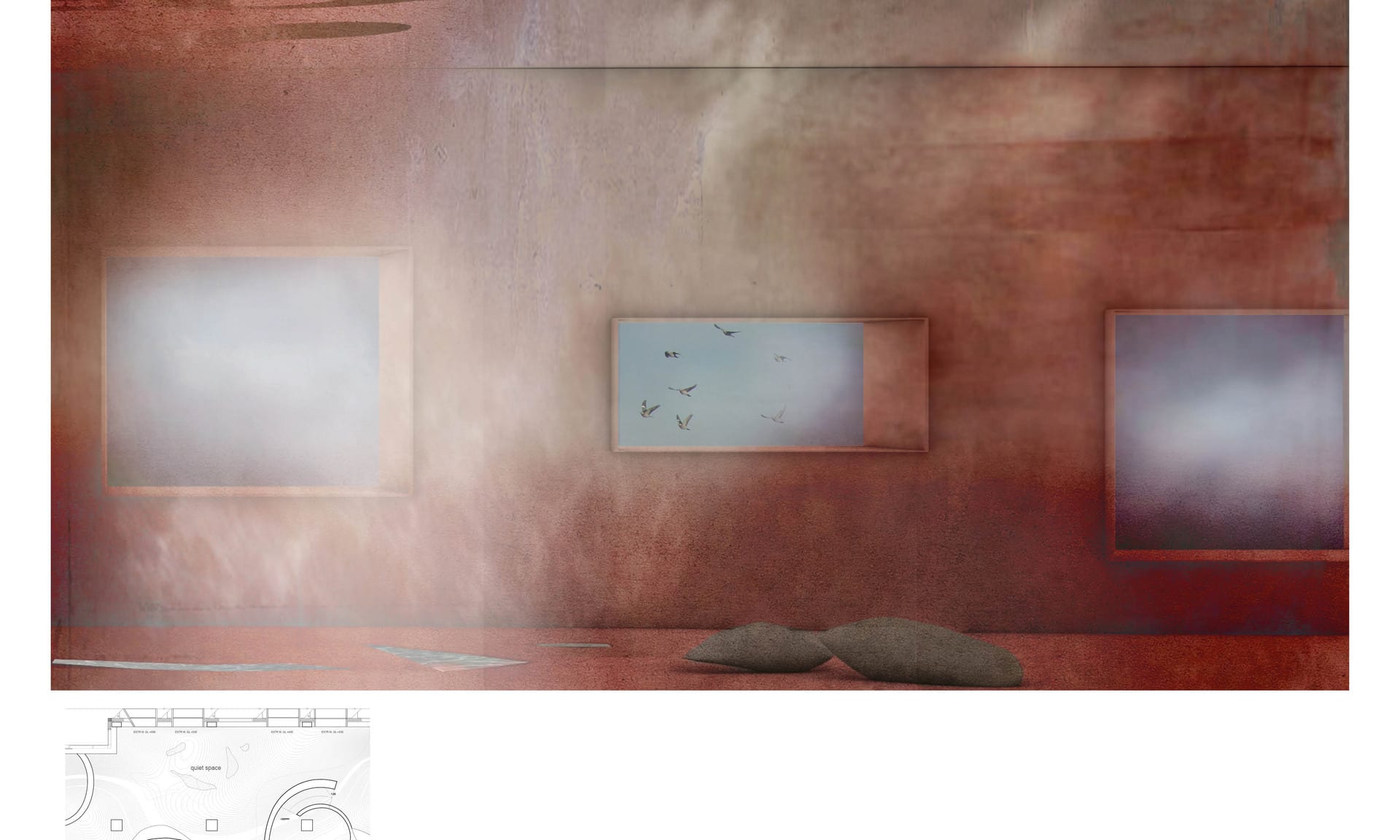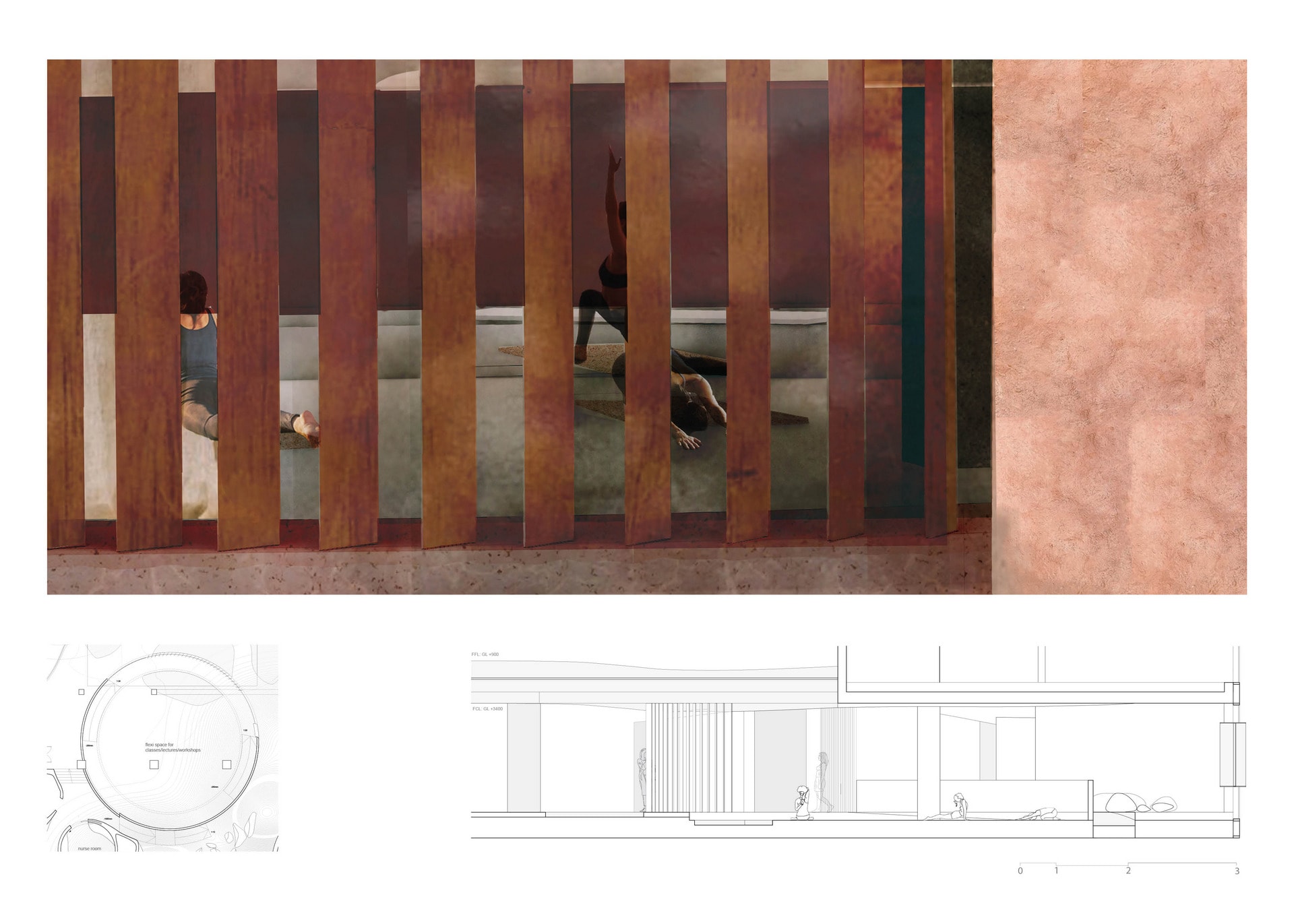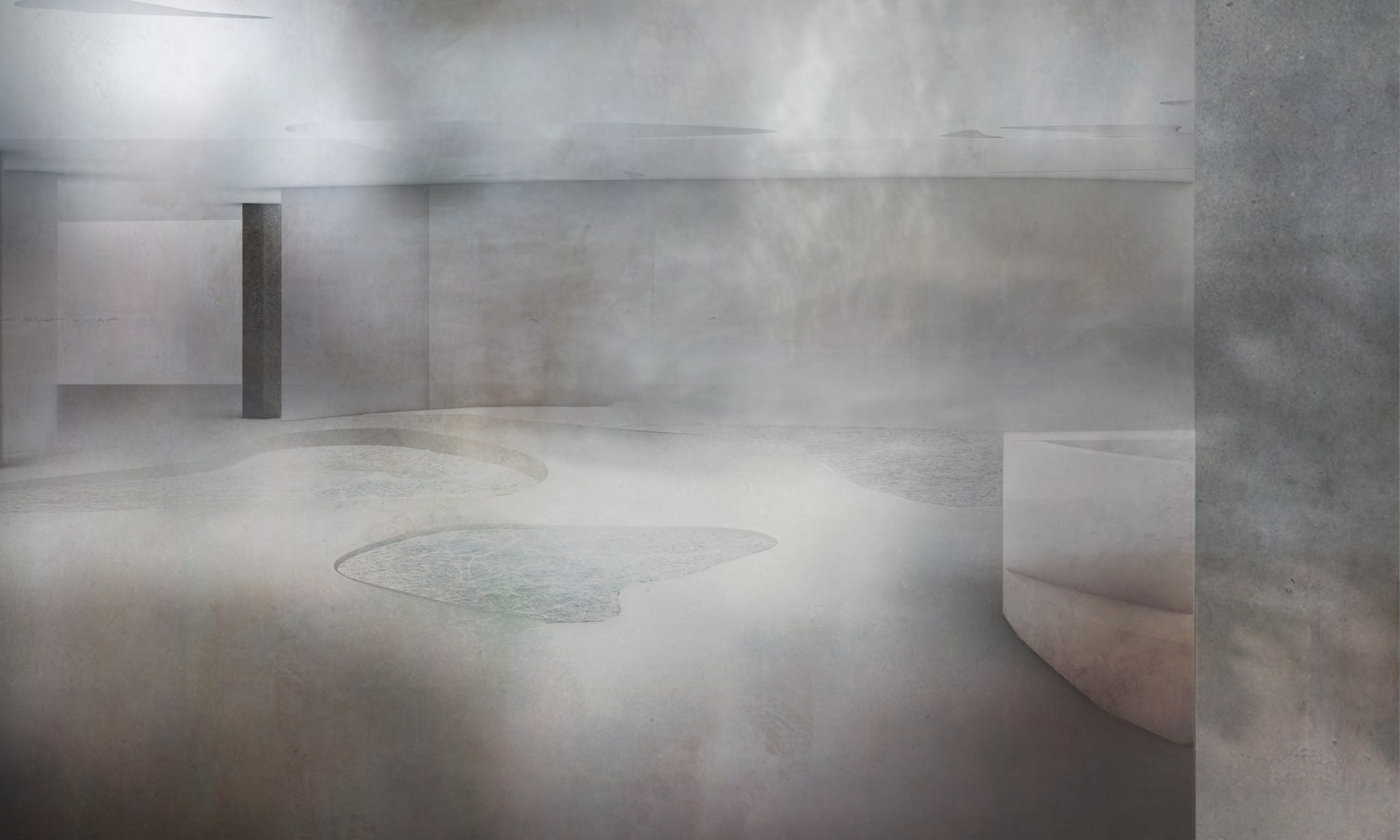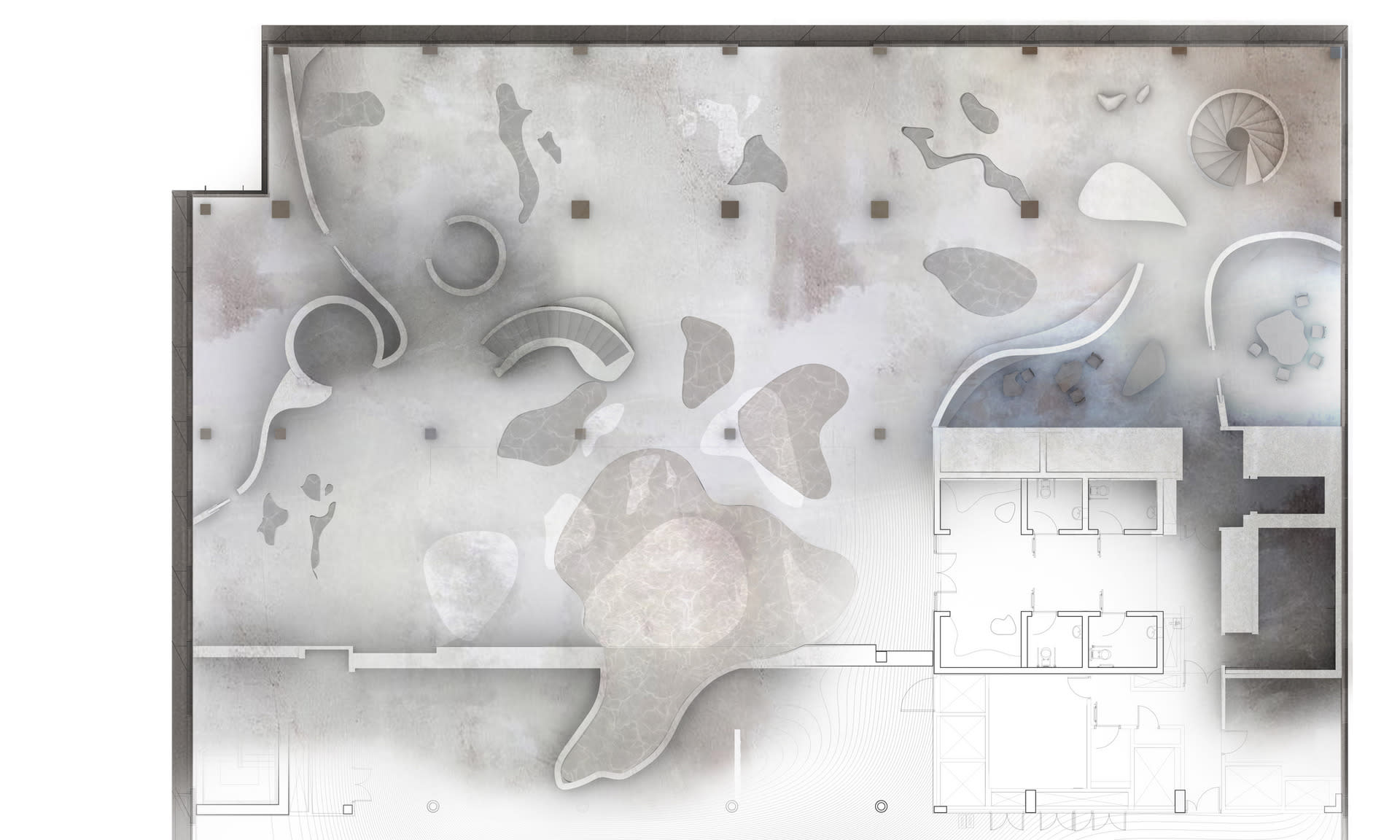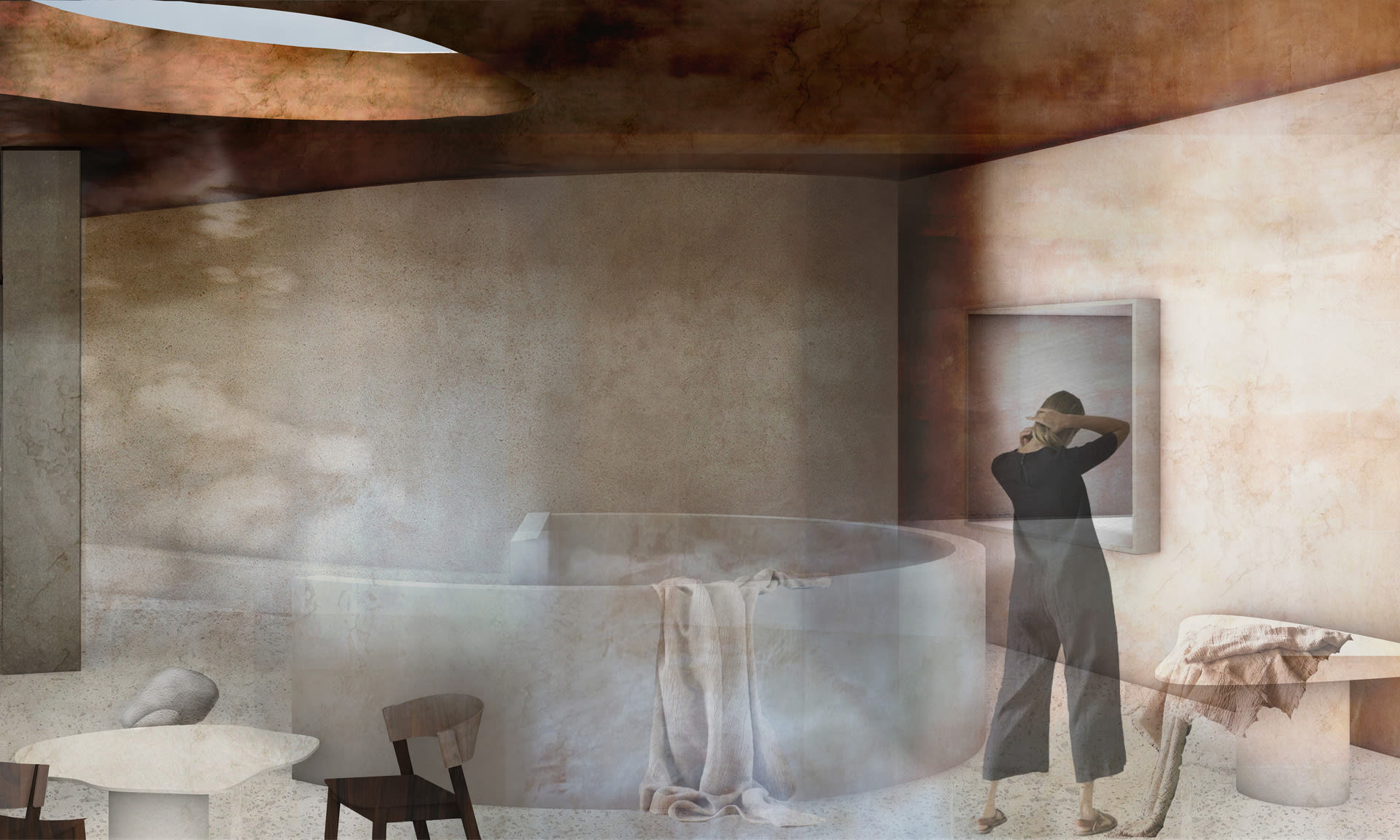Living in a remote part of the North Norfolk coast has brought out a sensitivity to my surroundings and natural environment, it’s changing forms, patterns and processes.
With a background in Illustration, graduating from Norwich University of the Arts with a first class honours BA degree '17, conceptual thinking and storying telling have translated fluidly into the process of designing for the built environment.
A collaboration with the Creative Writing course at the University of East Anglia project marked the beginning of my journey from illustration into spatial design. The project created a dialogue between students; in response to the poetry received, I created immersive installations, using sculpture, film and projection to explore the senses, and to create a visual language in response to the emotional narrative extracted from the poetry.
As this love for visual communication developed into spatial explorations communicating narrative, I joined the curation team as a furniture designer. I worked on external exhibitions - ‘We are Here’, business centre Islington and ‘Ampersand', Dove Street Studio - and exhibitions within the university - NUA degree show. With a desire to learn more about design and architecture, I interned at Sheridan & Co, a global retail design specialists, and did a further internship at The World of Interiors.
My thesis 'Healing Spaces', analysed existing spaces of healthcare with the theories of Environmental Psychology and Psychoevolutionary research, to decipher whether their design hindered or aided the healing process. Specialising in the Futures Platform, our focus lies within human-centric and science informed design to create environments which implement the principles of wellbeing, which has led to this body of work which looks at creating performative spaces to aid the healing process, mentally and physically.
